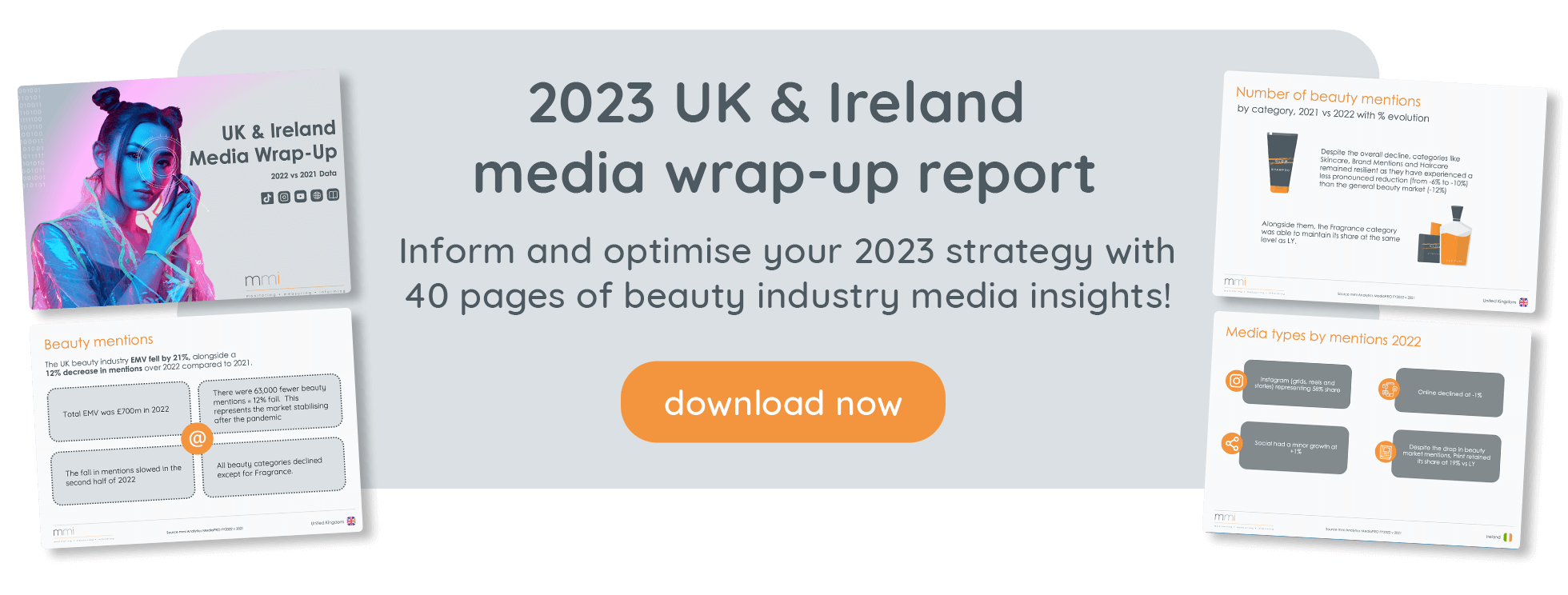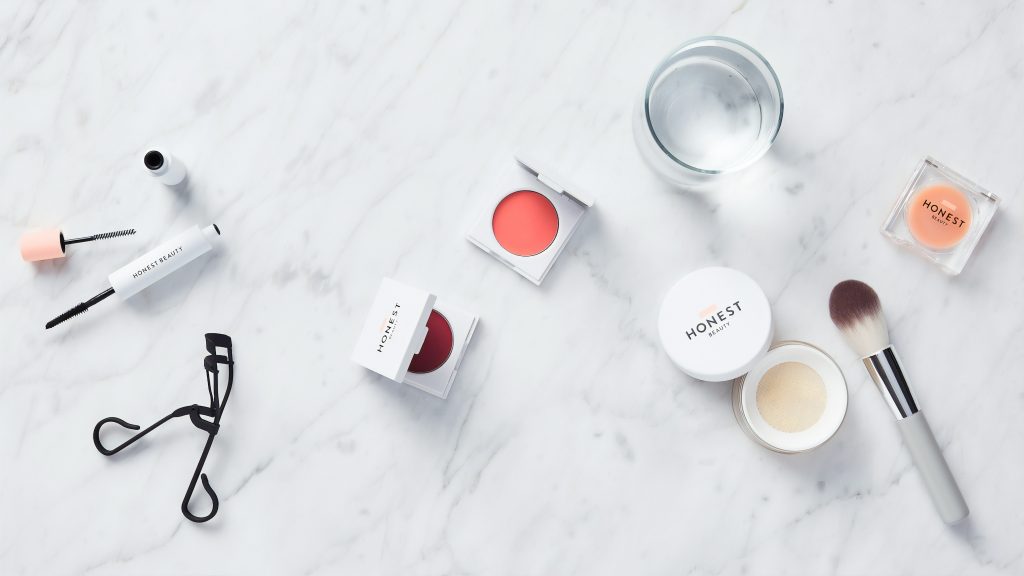Beauty brands, large and small, need to take the time to ask two simple questions: “How well are we doing compared to our competitors?” and “What can we do better?”. This is competitive benchmarking in a nutshell.
Benchmarking involves measuring your marketing and eCommerce performance against your competitors. It’s especially useful for highlighting the areas where improvements are needed most, helping you to prioritise your time and budget. It also comes in useful for expectation management. With positive benchmarked data at your fingertips, it becomes easier to show clients and investors that your brand’s presence is growing and your marketing spend is paying off.
To make the best use of benchmarking, you’ll first need to establish what to measure and which competitors to measure against. With this in mind, we’ll break down exactly how beauty marketers should select and measure their competitive benchmarks.
Choose your benchmarks based on specific brand goals
As our guide to beauty eCommerce reporting tools shows, it has never been easier to delve into your rival’s strategies and performance, to find out about their audiences and social sources and to analyse the extent of their presence.
That said, if you were to actively track every possible metric, it can soon start to feel like you are drowning in data. Benchmarking works best when you focus on a handful of areas that are directly linked to your current brand goals. Here are some examples to illustrate what we mean:
Benchmarks for startup beauty brands
With your first product launch in the foreseeable future, the emphasis is on increasing brand awareness by communicating your brand identity to your audience.
Here, it’s important to compare your fledgeling social media presence to that of your competitors. On a basic level, check what social forums your competitors are using as this will inform you where you need to focus your marketing efforts. You should also gauge their posting frequency on those platforms to give you an idea of what volume of social content you will need to produce in order to compete.
You should also regularly compare your average engagement rate to that of your competitors. The volume of engagement such as shares and likes for posts, relative to the number of followers. For your competitors, look closely at the type of posts that pick up the highest engagement rates, this should help you see what type of content is most likely to resonate with your audience.
Audience communication: Is our brand message getting across?
IF your aim is to build brand awareness, social media monitoring can be a powerful tool. Let’s say your beauty brand is starting to pick up followers across social media. This is positive, but you should also check to see how awareness of your brand stacks up against your rivals.
As a rule, if your audience knows about you, they talk about you —, especially on social platforms. As such, Social Share of Voice (SSoV) is a particularly useful metric to track. This is basically the number of mentions your brand receives in comparison to your competitors.
While tracking this benchmark may sound like a mammoth task, brand awareness analytics tools such as mmi media makes the task a lot easier.

Customer sales: How do our results stack up?
Your online beauty store is attracting a steady stream of sales — so far, so good. But how do sales compare to your competitors?
Unfortunately, detailed sales figures for your competitors are out of bounds. But the good news is that valuable clues about the effectiveness of your rivals’ online stores are easily accessible. Traffic analytics tools (SEMRush being one example) allow you to take a glimpse behind the scenes of your competitors’ websites to view metrics such as total visits, unique visitors, average visit duration and bounce rate. You can then compare these against your own performance.
Who should we benchmark our performance against?
Successful beauty brands are built not only on being able to solve customers’ beauty-related problems, but also on their ability to inspire. This is why, when it comes to identifying your competitors, you should focus not just on those businesses that are selling the same type of range as you, or even selling the most products, but also those who are competing for your audience’s ‘mindset’.
For a more detailed guide on creating and maintaining a list of competitors, be sure to check out our guide on how to conduct a competitive analysis in 7 easy steps.
Keep a clear view of the market
Perhaps the biggest lesson is this — in order to monitor the overall health of your brand, you cannot just look at your company in isolation. You need to maintain visibility over what’s out there in the wider market, something that’s especially important in the fast-moving beauty sphere.
This is where our media solutions prove especially useful. With this tool, you can keep track of all the latest trends and compare your coverage and positioning against your competitors in real-time, all in one place. Specifically designed for beauty brands by industry professionals, Media View can help you to keep competitive benchmarking extremely relevant to your individual brand goals.
For even more industry insights on how to grow and track your brand presence, take a look at our blog, or get in touch with one of our experts.






